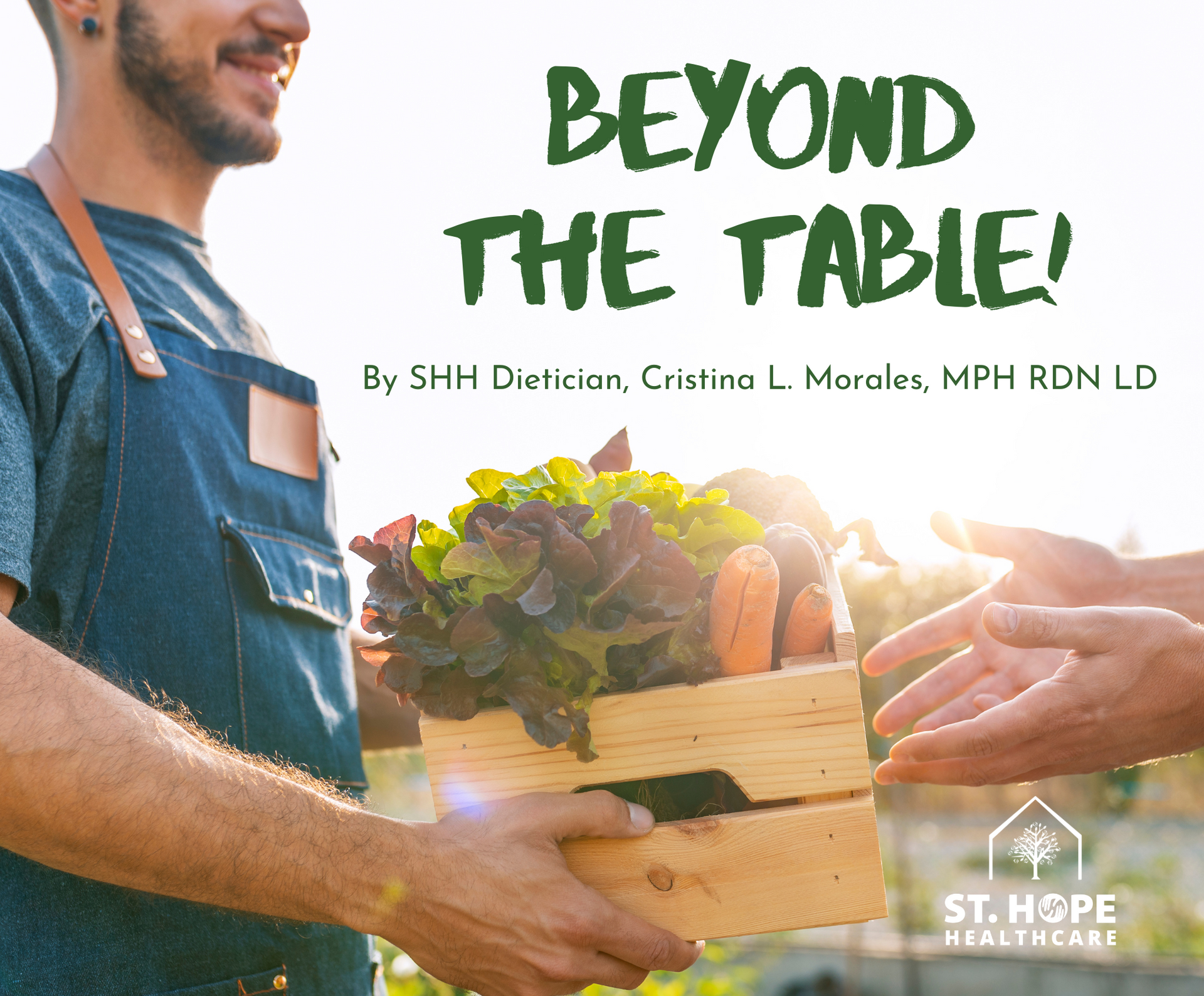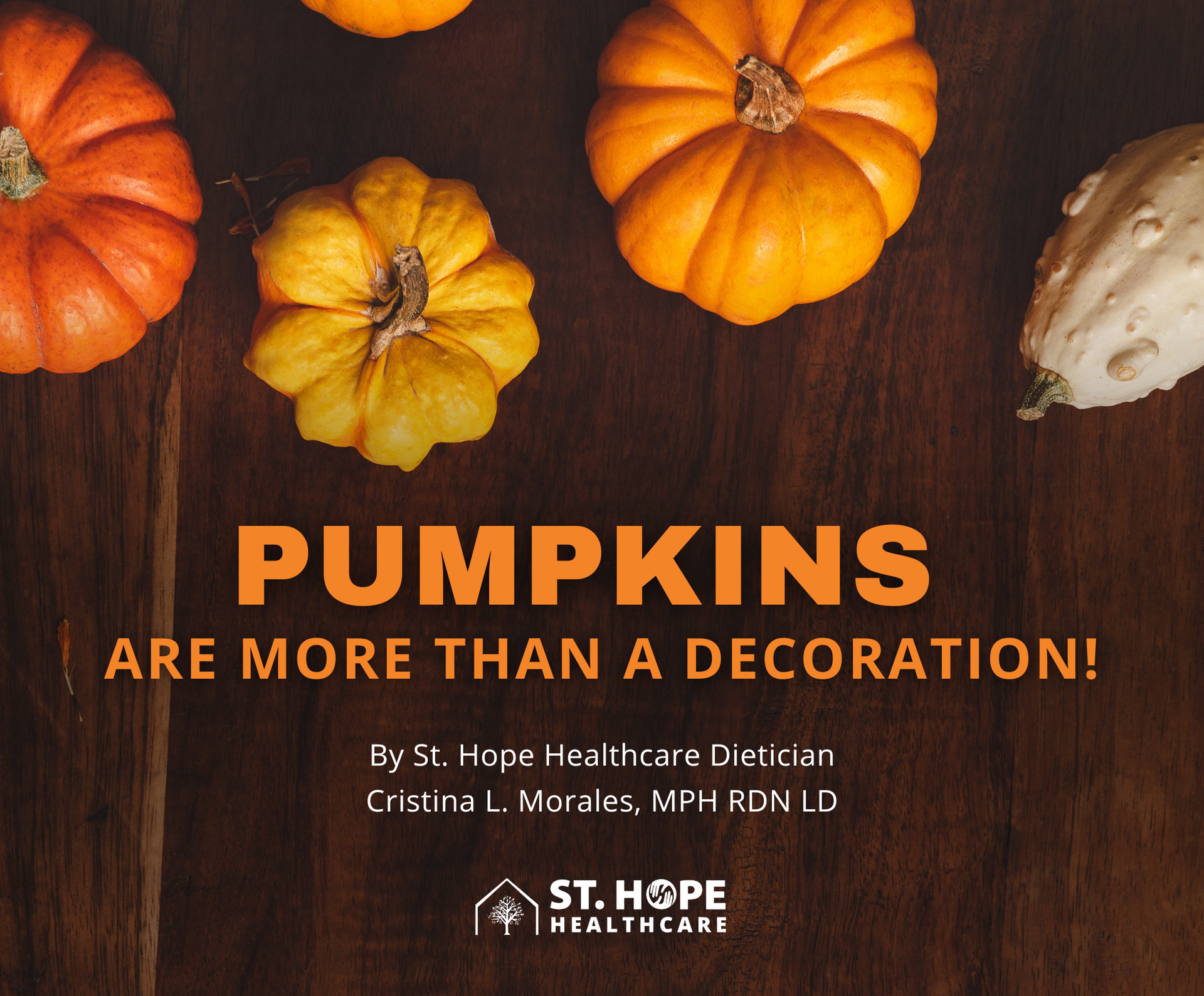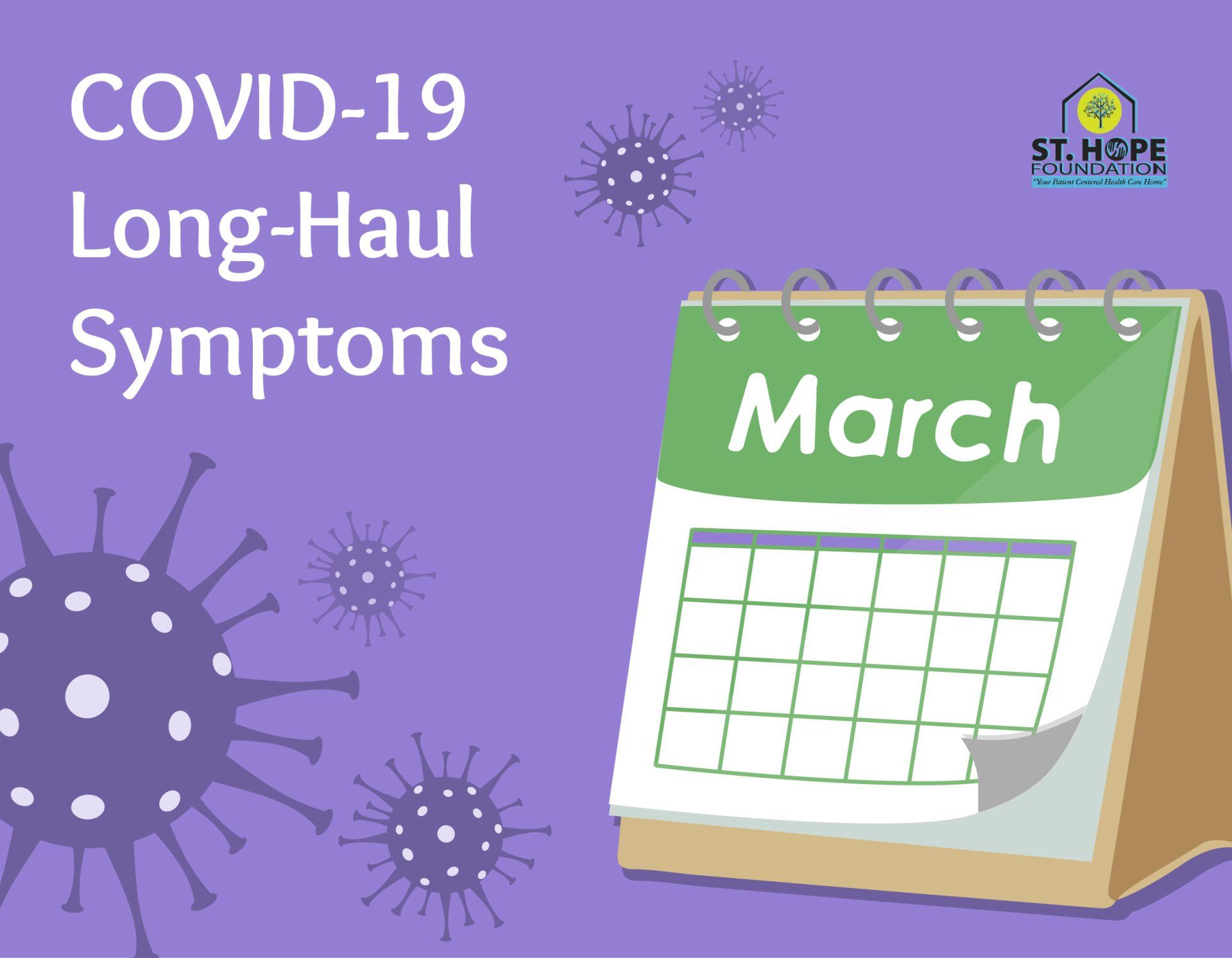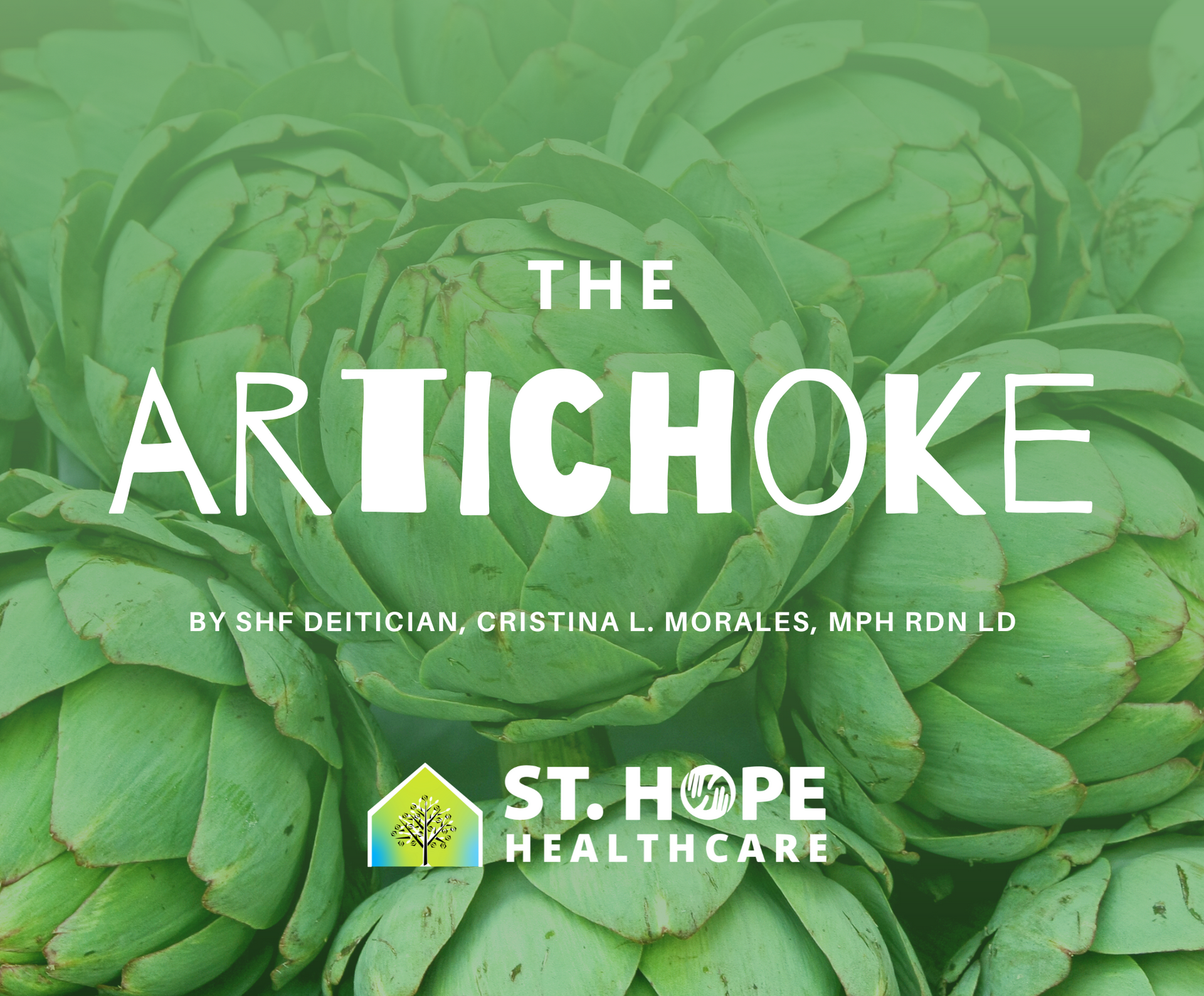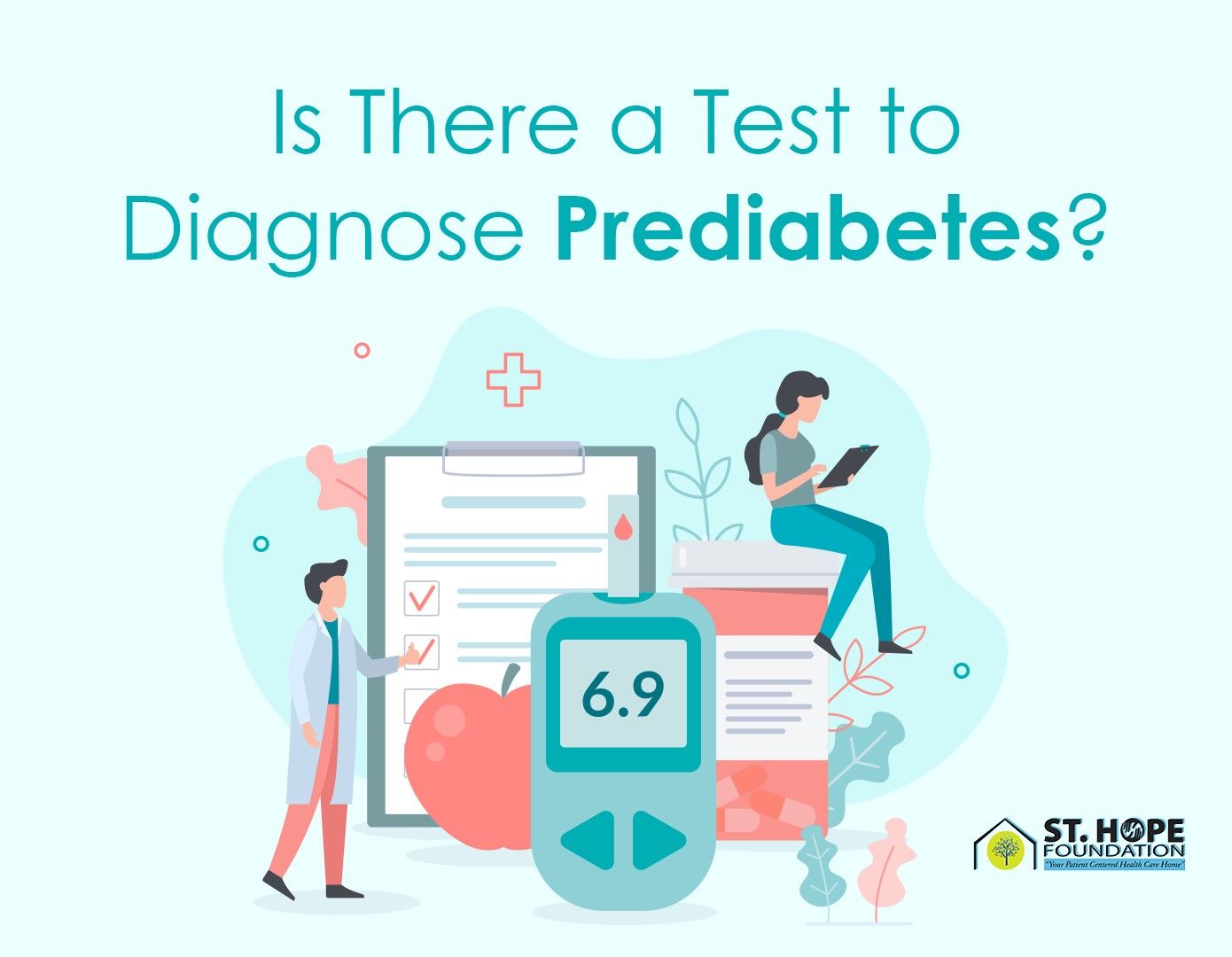By Cristina L. Morales, MPH RDN LD
•
01 Nov, 2023
Fall time is here, and signs of it are everywhere. On a recent trip to the grocery store, I noticed a line of pumpkins stacked along the inside and outside of the stores’ entryway. It was pumpkins galore and was immediately taken back to childhood memories and Fall traditions. One of my favorite Fall memories was carving a pumpkin and baking the seeds which are also known as pepitas. The meat of the pumpkin was used as filling for empanadas. When I was much older, I learned about the health benefits of pumpkins and the versatility they offer in the kitchen. Pumpkins are a type of squash and there are more than 20 different species to choose from. Pumpkins come in various colors, shapes, and sizes and some are round with smooth skin, while others are pear shaped with bumpy skins. Large pumpkins are commonly used for carving Jack-o’-lanterns, and edible too! Smaller pumpkins are much sweeter and are perfect for soups, as a side, or a filling. Pumpkins are naturally low in calories and rich in vitamins and nutrients. Pumpkins contain a load of beta carotene which is responsible for providing the body with vitamin A. They are also rich in vitamin K, vitamin E, vitamin B2, vitamin B6, and vitamin C. In addition, pumpkins contain minerals such as copper, Iron, magnesium, and potassium. All together, these nutrients help to support healthy skin, eye health, immune function, and your heart! When it comes to the holidays, you may find it difficult to resist some store-bought pumpkin pies or cookies, after all, they can be quite tasty. However, for a health-conscious appetite, consider home-made pumpkin dishes this season. Although pumpkin contains naturally occurring sugar and healthful components, store bought pastries and some canned goods are highly processed with generous amounts of added sugars, unhealthy fats, which are linked with increasing inflammation in the body. Consume pastries and sweets in moderation. Instead dive into a savory Pumpkin Soup first, before hitting the dessert table. You can also consider replacing 1-2 servings of rice or pasta with one cup of cooked pumpkin and reap the benefits of this superfood. For example, one cup of canned pumpkin puree has about 20 grams of total carbohydrate, 6 grams of dietary fiber, and has no added sugar. In comparison, one cup of cooked white rice has about 45 grams of carbohydrate, and less than 2 grams fiber. Furthermore, canned pumpkin puree is usually 100% pumpkin as it has no added sugar or fat. Whereas pumpkin pie filling can have up to 18 grams of added sugar. Furthermore, you might be surprised to know that popular Fall-favorite beverages do not actually contain pumpkin, but rather made to taste like pumpkin with artificial colors, flavorings, and sweeteners. Read the Nutrition Facts Label to know what’s really in your beverage. Look for key words such as pumpkin-flavored Chi Tea, or pumpkin-flavored coffee creamer, as these wordings may sound healthy, however, do not support a healthy diet. Stay cautious. The Nutrition Facts Label offers vital information and can help ensure you select the healthiest ingredients for your pumpkin-made dishes this season. To learn more about healthy eating this Fall, visit with one of our registered dietitians today! Till next time, stay healthy and be well. Check out the recipes below for a low fat, low carbohydrate dish. https://afullliving.com/cauliflower-and-pumpkin-soup/ Cauliflower and Pumpkin Soup This Pumpkin Cauliflower Soup is a hearty, healthy cool weather recipe. It's easy to make with minimal prep time. This velvety smooth soup will be a staple for those chillier days. With plenty of herbs and spices, you will love this warming comfort food. Prep Time: 15minutes mins Cook Time: 35minutes mins Total Time: 50minutes mins Course: Soup Cuisine: American Servings: 10 servings Calories: 182kcal Author: Briana Ingredients 4 tablespoons unsalted butter 4 medium shallots, roughly chopped 2 teaspoons kosher salt, divided 6 cloves garlic, minced 2 tablespoons fresh ginger, rough chopped 2 tablespoons minced fresh herbs (rosemary, thyme and sage) 1 teaspoon black pepper ⅛ teaspoon nutmeg, grated (optional) 1 head cauliflower 30 ounces pumpkin puree (2 cans) 4 cups broth or stock of choice (chicken broth) 1 cup heavy cream Instructions Heat a dutch oven or large pot, over medium heat. Add the butter, followed by the shallots with a pinch of salt. Cook until softened, about 3-5 minutes. Add in the aromatics, like the minced herbs, ginger, garlic, pepper and nutmeg. Cook until garlic and ginger are fragrant, about 30 seconds. Add in the cauliflower, mixing to coat. Season heavily with salt and pepper. Add in the pumpkin puree, and chicken stock. Bring to a boil, then reduce to heat to medium simmer, until the cauliflower has softened enough to stick a fork in it. This should take about 20 minutes. Stir in the heavy cream to warm. Puree the soup contents by using a blender, food processor or immersion blender. Garnish with more herbs, freshly cracked black pepper, pepitas (aka, pumpkin seeds!), and a drizzle of cream. Enjoy! Store in an airtight container in the fridge for up to 5 days. Notes To make this soup dairy free: swap out the butter and cream for your favorite dairy free substitutes. To make this soup vegan: Swap out dairy products and use vegetable broth or stock. To freeze, make sure to allow the soup to cool completely so it won't get freezer burnt. It will keep for up to 6 months in the freezer. Thaw frozen soup in the fridge, or under warm running water until you can slide the soup out into a saucepan. Simmer on low until soup is completely heated through. All seasonings are to your personal preference and taste, and can be altered or substituted for. Fresh garlic and ginger could use ground instead. Substitute onions for shallots. Nutrition Calories: 182kcal | Carbohydrates: 13g | Protein: 3g | Fat: 14g | Saturated Fat: 9g | Polyunsaturated Fat: 1g | Monounsaturated Fat: 4g | Trans Fat: 1g | Cholesterol: 45mg | Sodium: 842mg | Potassium: 491mg | Fiber: 4g | Sugar: 5g | Vitamin A: 13729IU | Vitamin C: 39mg | Calcium: 66mg | Iron: 2mg https://www.theseasonedmom.com/easy-pumpkin-soup/ A simple puree of canned pumpkin, coconut milk, and warm spices comes together in this Healthy and Easy Pumpkin Soup. It’s a nutritious vegan dinner or an easy make-ahead lunch that is full of fall flavor! Clearly, I’m on a soup kick. Whether it’s a Mexican-inspired meal in my Instant Pot , a simple 30-minute vegetarian option , or a big bowl of this creamy pumpkin soup recipe, I can’t think of a better comfort food at this time of year! How do you make Healthy and Easy Pumpkin Soup? We eat soup or chili at least once a week when the weather is cooler because I can make it ahead of time, if necessary, and just store it in the refrigerator or freezer to be reheated at my convenience. I also appreciate that I can serve it with just about anything that my family loves…making everyone happy! This vegan pumpkin soup is creamy yet healthy, thanks to the addition of coconut milk (but if you prefer a soup without coconut milk, there’s an alternative below). From the canned pumpkin to the cauliflower and onion, it’s full of nourishing vegetables and warm spices like garlic and ginger — with just a touch of sweetness from maple syrup. First, heat olive oil in a large pot and sauté the onion until it’s soft and translucent (about 5-10 minutes). Add the garlic and ginger, then the cauliflower, broth, and pumpkin. Bring to a boil, cover, and reduce heat to low. Simmer, covered, for about 25-30 minutes (or until the cauliflower florets are tender). Isn’t that easy?! Use an immersion blender to puree the soup (or transfer the soup to a regular blender to puree). Next, stir in the coconut milk (or heavy cream, if you prefer a non-vegan option). Any chunks of fat in the coconut milk will instantly melt right into the soup for a perfectly smooth and creamy consistency! Cook’s Tips: I recommend using full-fat canned coconut milk (rather than lite coconut milk) because it will give the soup a rich, creamy texture. You can substitute with lite coconut milk if you prefer, however. Shake the can of coconut milk before you open it! This will make sure that the fat mixes with the coconut water. You want to make sure that you get the creamy fat in your soup — not just the thin coconut water. The pumpkin soup will keep in the refrigerator for up to 3 days. This soup freezes well. Just allow the soup to cool to room temperature before sealing in an airtight container and freezing for up to 3 months. To reheat the soup, thaw (if frozen) in the refrigerator overnight. Warm the soup in a saucepan over low heat, just until it reaches the desired temperature. Possible Variations: Use chicken broth or chicken stock instead of vegetable broth if you don’t need a vegan soup. Use heavy cream instead of coconut milk if you don’t need a vegan soup. While this recipe calls for the convenience of canned pumpkin, you can substitute with about 1.75 cups of your own roasted pumpkin puree. Add a dash of cayenne pepper or a dash of cinnamon for a spicy kick. Substitute brown sugar for the maple syrup. For a slightly sweeter pumpkin soup, use 2 tablespoons of maple syrup or brown sugar instead of just 1. Garnish with sliced green onions or chives, sour cream (non-vegan), croutons, or an extra swirl of coconut milk Soup is nutritious and affordable comfort food that can be served as-is, or doctored up with toppings and sides to please everyone in the house. You can’t lose with this one! Healthy and Easy Pumpkin Soup 5 from 6 votes PREP: 10minutes minutes COOK: 45minutes minutes TOTAL: 55minutes minutes SERVINGS CALORIES: 105 kcal A simple puree of canned pumpkin, coconut milk, and warm spices comes together in this Healthy and Easy Pumpkin Soup! Rate Recipe Pin Recipe Print Recipe Ingredients 1x2x3x ½ Tbsp. olive oil 1 sweet onion, diced 1 tablespoon minced garlic 1 teaspoon ground ginger 1 head cauliflower, florets diced (about 5 cups of florets total) 4 cups vegetable broth or chicken broth 1 (15 ounce) can unsweetened pumpkin puree (about 1.75 cups total) 1 tablespoon maple syrup (or brown sugar) (or for a slightly sweeter soup, use 2 tablespoons of maple syrup or brown sugar) 1 tsp. salt, to taste 1/2 cup full-fat canned coconut milk (or substitute with heavy cream) Optional garnish: sliced green onions, chives, or sour cream Instructions Heat oil in a large pot over medium heat. Add onion and sauté until soft and translucent (about 5-10 minutes). Add garlic and ginger and cook for about 1 more minute, stirring. Add cauliflower, broth, and pumpkin. Turn heat to high, bring to a boil; cover. Reduce heat to low and simmer (covered) for about 20-30 minutes or until cauliflower is tender. Stir in maple syrup, salt and coconut milk. Remove from heat and use an immersion blender to puree the soup until smooth. If you don’t have an immersion blender, just transfer the soup to a large blender and puree until smooth. Be careful with the hot soup! Cooking Tips: I recommend using full-fat canned coconut milk (rather than lite coconut milk) because it will give the soup a rich, creamy texture. You can substitute with lite coconut milk if you prefer, however. Shake the can of coconut milk before you open it! This will make sure that the fat mixes with the coconut water. You want to make sure that you get the creamy fat in your soup -- not just the thin coconut water. This soup freezes well. Just allow the soup to cool to room temperature before sealing in an airtight container and freezing for up to 3 months. Possible Variations: Use chicken broth or chicken stock instead of vegetable broth if you don't need a vegan soup. Use heavy cream instead of coconut milk if you don't need a vegan soup. While this recipe calls for the convenience of canned pumpkin, you can substitute with about 1.75 cups of your own roasted pumpkin puree. Add a dash of cayenne pepper or a dash of cinnamon for a spicy kick. Substitute brown sugar for the maple syrup. Garnish with sliced green onions or chives, sour cream (non-vegan), croutons, or an extra swirl of coconut milk Nutrition Serving: 1cup | Calories: 105kcal | Carbohydrates: 15g | Protein: 2g | Fat: 4g | Saturated Fat: 3g | Sodium: 737mg | Potassium: 403mg | Fiber: 3g | Sugar: 8g | Vitamin A: 8525IU | Vitamin C: 37.2mg | Calcium: 44mg | Iron: 1.4mg
